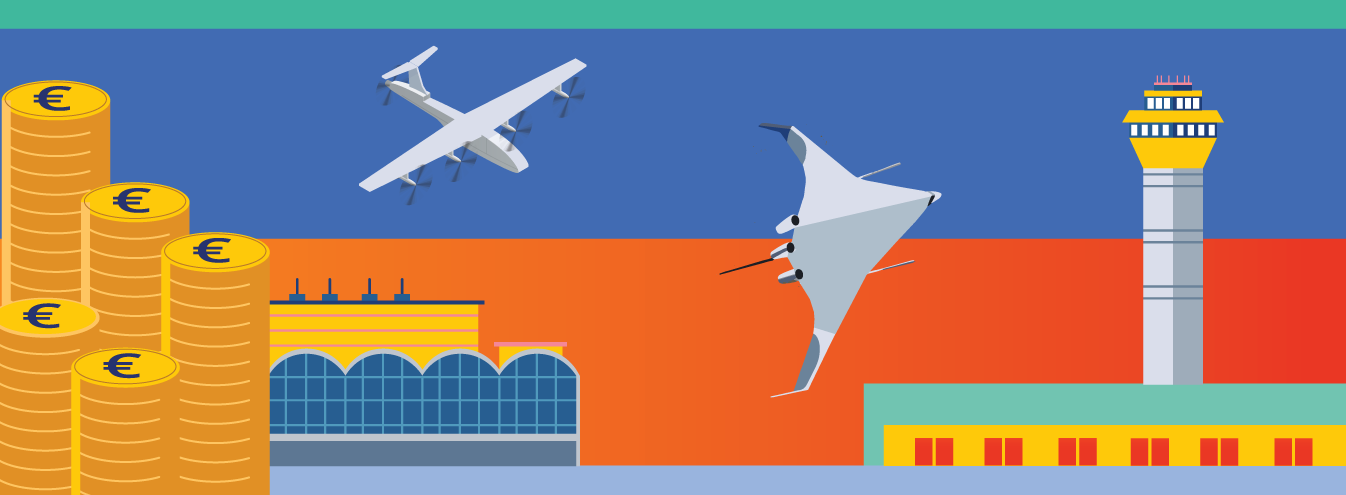
Why “flying less” offers the best path to sustainable aviation
Transport & Environment (T&E) publishes its “Roadmap to climate neutral aviation”.
Aviation in Europe has a climate problem. Aviation traffic grew 67% between 2005 and 2019 and its CO2 emissions by 24%. Unless we take action now, aviation emissions are projected to grow by a further 38% from 2019 to 2050, even with aircraft efficiency improvements.
How can we solve this problem? Progress in technology, coupled with lessons learned during the pandemic mean there now exists a path to green aviation in Europe.
That pathway starts with frequent fliers not making the problem worse. The two pillars of this approach are an end to airport expansion in Europe, which has driven much of the growth in emissions, and a reduction in corporate travel to 50% of pre-Covid levels. That reduction in business travel can cut CO2 emissions by as much as 32.6 MtCO2 by 2030, equivalent to taking 16 million polluting cars off the road.
But demand reduction won’t be enough to get us to climate neutral aviation by 2050. To get there, we need a range of binding measures.
Europe needs to act to improve the pricing of emissions and end aviation’s outrageous tax exemptions, so the industry pays the true cost of its climate impact. Policies to rectify the unfair advantages aviation receives include fossil jet fuel taxation, ticket taxes and including all aviation emissions in the EU’s carbon market.
We also need policies to switch from polluting fossil jet fuel to sustainable aviation fuels (SAFs). Most promising among the SAFs is e-kerosene, produced from green hydrogen, with additional renewable electricity and with CO2 captured from ambient air. But production levels are still too low and costs are at present too high, something EU regulators can solve if they act now to introduce more ambitious mandates.
The role of new technologies, such as electric and hydrogen aircraft, will be critical. To unlock the potential for these aircraft, we should require the aviation industry to sell and operate zero emission jets by the end of this decade.
As we work to solve aviation’s CO2 problem, we also need to solve its non-CO2 problem. Non-CO2 effects – such as those caused by contrails – often have an even greater warming impact than the CO2 effects of flying. An easy place to start is to mandate cleaner fossil jet fuel with fewer contrail-forming particles, and we can reroute flights to avoid atmospheric conditions that create climate heating contrails. These are changes that can be made now, with immediate benefits.
T&E’s Roadmap finds that demand management is the most effective means to reducing emissions this decade, but if regulators adopt ambitious mitigation policies now, it can be overtaken in time by solutions such as alternative fuels and zero-emission aircraft.
